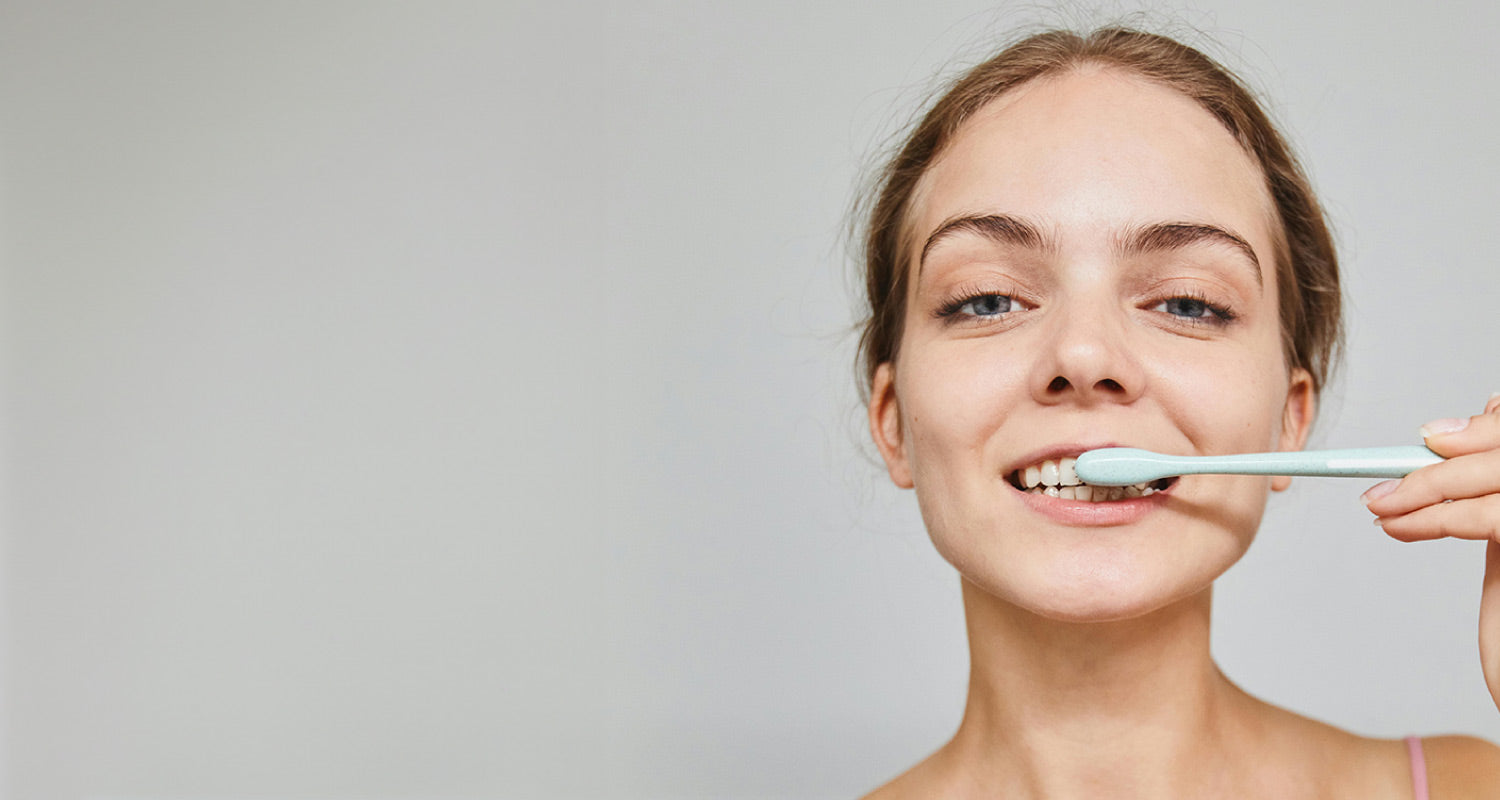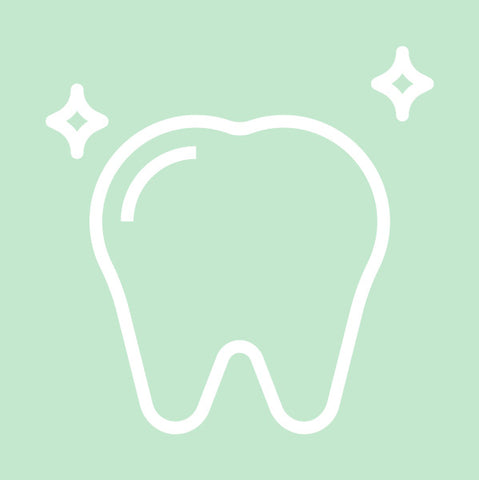
Although the Canadian Dental Association (CDA) recognizes fluoride for its many benefits, some people prefer using toothpaste that doesn’t contain fluoride. But does fluoride free toothpaste help maintain good oral health?
We’ll look at fluoride’s effectiveness in dental care as well as examine the benefits of other naturally derived ingredients that can also provide a radiant, healthy smile.
Fluoride: An all-star for preventing tooth decay
Fluoride is a mineral found in water, air, soil and certain foods. Dentists advocate for its use as it plays an important role in preventing cavities, protecting and strengthening enamel and fighting plaque.
However, some people may be sensitive to fluoride toothpaste or have concerns about its use, especially pertaining to young children. This is when fluoride free toothpastes can be considered.
Why would you avoid fluoride toothpaste?
Among the reasons people cite when opting to avoid fluoride – even though fluoride is recommended by dentists – are personal preference, tooth sensitivity, and the risk of dental fluorosis. Also, in communities where the water contains a large amount of fluoride, authorities or health professionals might recommend not using fluoride toothpastes.
Naturally derived ingredients that will put a smile on your face
If your teeth are sensitive when you’re brushing or if it’s because you’d prefer avoiding fluoride, fluoride free toothpastes make for an interesting and effective alternative... so long as you opt for one that is formulated with naturally derived ingredients that contribute to maintaining good oral health. Here are some proven ingredients:
Potassium nitrate
Ideal for people whose teeth hurt when in contact with heat, cold, acidity and sugar. This mineral helps reduce sensitivity by protecting and soothing the tooth’s nerve for long-term relief. If this sounds familiar to you, then try this fluoride free toothpaste for sensitive teeth.
Green tea leaf extract
Also known as Camellia sinensis, this powerful antioxidant is rich in polyphenols, which contributes to maintaining good oral hygiene as well as providing a robust freshening effect.
Papaya leaf extract
Known for its toning properties, it provides a feeling of pureness and cleanliness. It can be found along with other ingredients in this fluoride free peppermint toothpaste.
Baking Soda
Relatively common in dental care, baking soda acts as a mild abrasive that helps to clean and shine teeth. In conjunction with the reciprocating motion of brushing, it effectively removes dental plaque.
Hydroxyapatite
Like baking soda, hydroxyapatite is an abrasive agent. When combined with brushing, it contributes to good oral hygiene by eliminating surface stains and giving teeth a natural shine. It is notably used in fluoride free whitening toothpastes as a replacement for hydrogen peroxide (which can cause pain for people who have sensitive teeth).
What happens if you use toothpaste without fluoride?
If you are not especially at risk of getting cavities, there would probably be no consequences. The simple action of brushing – regardless of the type of toothpaste used – combined with flossing, enables you to remove tartar and clean your teeth properly. However, certain toothpastes can address specific concerns, such as cavities, sensitivity, bad breath and teeth yellowing.
The importance of having a sound dental care routine
To preserve your sparkling smile and ensure good oral health – over and above the type of toothpaste used – it’s essential to maintain a complete dental hygiene program that includes:
- Brushing your teeth twice a day for two to three minutes each time
- Flossing daily
- Brushing your tongue
- Using mouthwash
The CDA also recommends doing the following: Drink plenty of water to neutralize acids and rinse away food and drink particles that might remain; have a balanced and healthy diet; and reduce alcohol and tobacco consumption.[1] You’ll go a long way towards preserving the health and radiance of your smile by using a fluoride free toothpaste that is suited to your needs in tandem with these recommendations.
Finally, while fluoride free toothpaste is a viable solution for some people, it is important to consider its limitations. Without fluoride, a toothpaste offers less protection against cavities, and cannot remineralize weakened areas of dental enamel.
Are you still sitting on the fence? Consult with your dentist for personalized advice based on the specific needs of your teeth. And you can continue to learn more about the subject by reading the following articles:
- With or without fluoride: Which toothpaste is best?
- Should you use fluoride free toothpaste?
Source:

